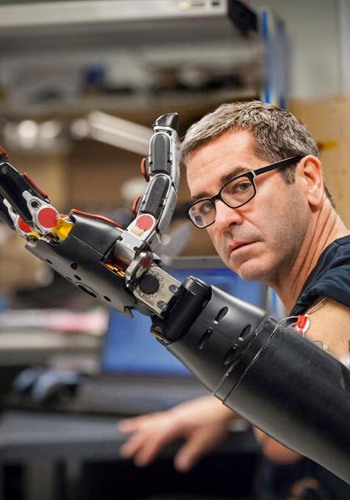"Factual errors, fake news, rumors, and lies have always been with us . . . What’s changed is the instantaneous global reach. The truth can’t even get out of bed in time to stop a lie anymore."
— Miles O’Brien, science journalist, aviator, PBS NewsHour special correspondent
Essential Question
How did science journalism inform the public about both the benefits and harm of scientific advancement?
Overview
Invention and innovation in science and technology affect every aspect of life. Journalism plays a role in helping the public better understand how these developments impacted people's lives.
In this case study, you will:
1. Learn how the news media covered major scientific and tech advancements like the polio vaccine and space exploration, and efforts by the public and lawmakers to pass environmental protections.
2. Explore the often-neglected stories about women, people of color, and LGBTQ+ people who made major scientific contributions as well as the harmful consequences of science and tech developments.
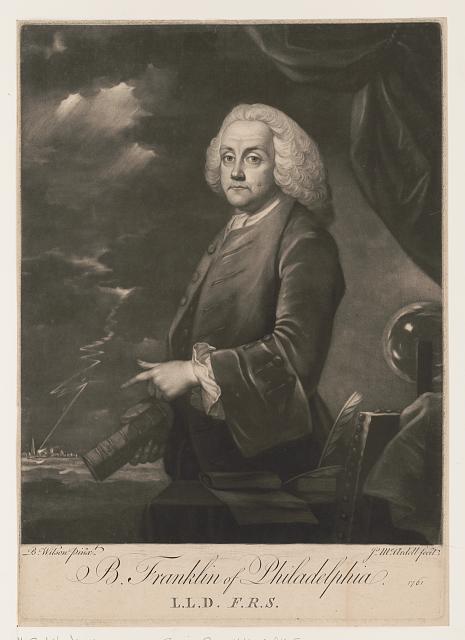
Benjamin Franklin wrote Experiments and Observations on Electricity in 1751. Library of Congress
Context
Journalism in Action takes students through important science and tech developments using primary sources. Using media literacy and critical thinking skills, students will discern how science journalism functioned historically in society and how it functions now.
Early reporting on scientific discoveries was not very exciting to read. Most articles were written by scientists, for scientists. The language of science journalism was not easy to understand for the average person.
In the 19th century, some scientists were hailed for their successes and positive impact on the public. Journalists from major newspapers and periodicals began paying attention to new discoveries and inventions and also to their impact on society.
Publications such as Scientific American (established in 1845), Nature, and Harper’s Weekly promoted the wonders of science and its benefit to humankind in a way that the general public could understand.
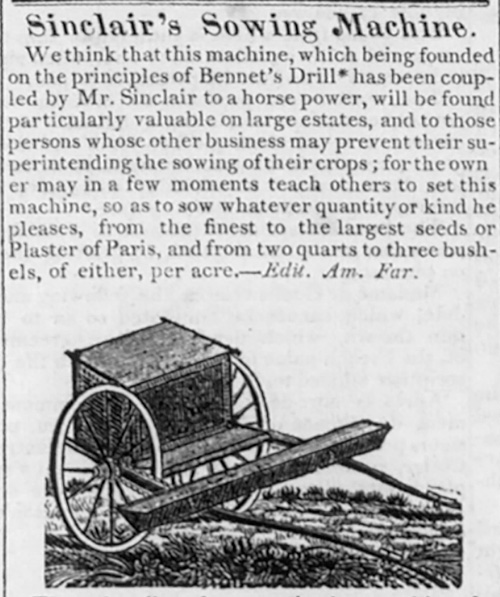
Wheat Fan and Sinclair's Sowing Machine. 1822. Library of Congress
In 1934, the National Association of Science Writers, a community of journalists, authors, and editors whose goal was (and still is) to inform the public about science, health, engineering, and technology was created. However, there was a conflict of interest because some science reporters, who often worked for science industries or the government, reported on the benefits of science but not on the harms it caused.
By the 1950s and 1960s, science journalists began to include in their reporting both the dangerous aspects as well as the beneficial aspects of scientific advancement. Television, especially public television, incorporated science shows, such as Of Science and Scientists into their weekly lineups.
Many local newspapers had a weekly science page, and there were many science magazines such as Popular Science and Discovery. Television began running specials and weekly series such as NOVA and Nature that presented science stories on a regular basis.
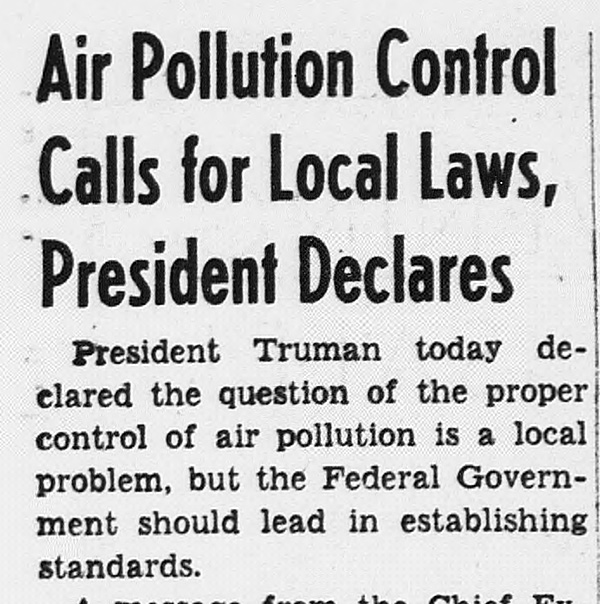
Evening Evening Star. Washington, D.C. May 3, 1950. Library of Congress
During the “digital age” (1940s to present), many traditional news outlets ceased operation. Major science publications like Scientific American, Nature, and Wired are now published online.
Tech inventions like high-speed internet, cell phones, and artificial intelligence have led to a boom in YouTube shows featuring tech journalists, experts, and fans discussing economic and ethical implications.

Scientists like Dr. James West, co-inventor of the foil electret microphone used in phones and music equipment, transformed communications technology. West mentored hundreds of women and Black scientists at Bell Labs where he worked for more than 40 years.
Discuss the following questions:
- Why do you think people need to know a more complete story about science, meaning the “good” and the “bad?”
- Do you think journalists have an obligation to the public to report on science in a comprehensive way?
- How did Dr. West's invention of the electret microphone (see picture) change and affect people's lives? What inventions are important to you?
Undertold Stories
Prior to the 20th century, reporting on women, people of color, and LGBTQIA+ in the scientific community was uncommon, but there were some exceptions.
George Washington Carver was born into slavery at the start of the Civil War. He gained fame improving farming methods by developing techniques to restore nitrogen to soil, and by creating different uses for the peanut. The news media covered the achievements made by Carver, who rarely addressed the discrimination and racism he faced.
Although Carver received media attention, many scientists were left out of media reporting. Alan Turing was a mathematician, logician, and cryptographer who was responsible for breaking the Nazi Enigma code during World War II. He wasn't recognized for his essential contribution to helping end World War II, and he was also imprisoned for being gay.
Another prime example is Katherine Johnson, a highly skilled mathematician. Johnson accurately calculated the trajectories that allowed the Apollo 11 mission to successfully put the first human beings on the moon. At the same time, Virginia’s segregation laws forced Johnson to use a separate dining and restroom facility at the mostly white and male Langley Research Center of NASA.
It is important to note, that in later years, both Alan Turing (posthumously) and Katherine Johnson were recognized and reported on by news media outlets. The current state of scientific journalism is trending towards more equal coverage as journalists explore stories of scientists of different genders, races, and sexual orientations.
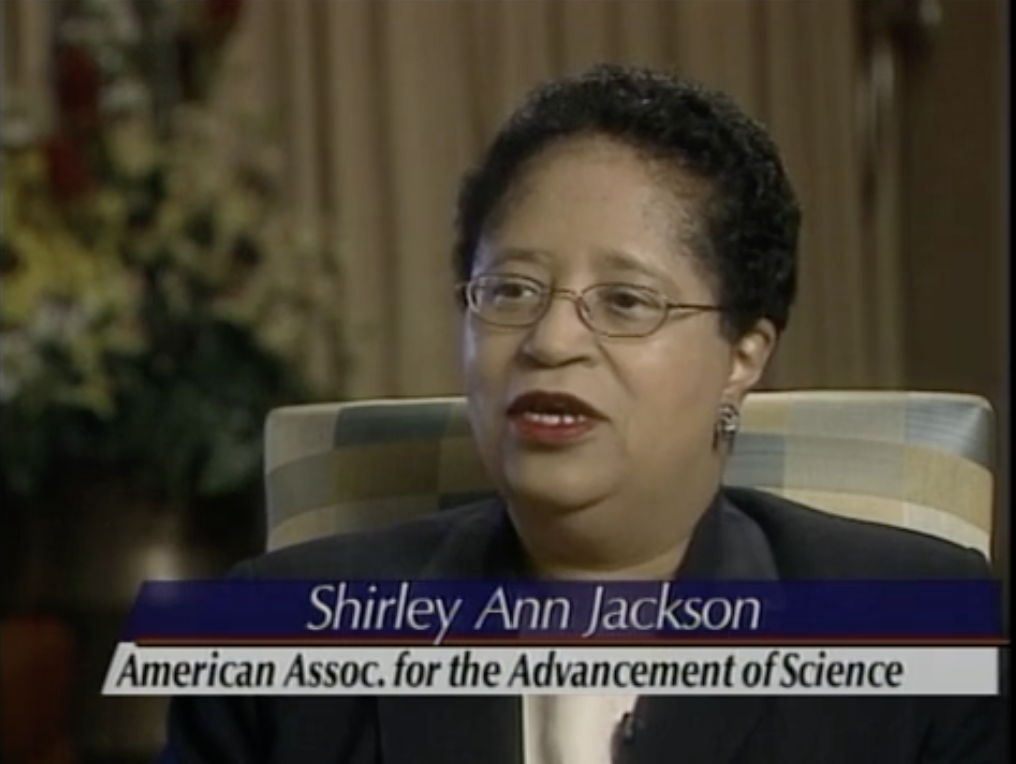
Shirley Ann Jackson. Permission has been granted for educational purposes only, courtesy of WETA/PBS NewsHour Productions via American Archive (WGBH and Library of Congress).
Shirley Ann Jackson, noted physicist and former head of the United States Nuclear Regulatory Commission (NRC) and first Black American woman to receive a doctorate from the Massachusetts Institute of Technology, said of women scientists, “The demographics of this country are changing. Namely, if you count women and other underrepresented groups, you are talking about two-thirds of the population. So I ask you, how can we ignore 50 percent to two-thirds of the population and believe we are accessing the complete talent pool?”
News Formats
In the 19th and 20th centuries, newspaper and magazine journalists in the US media often promoted invention as a way for individuals to achieve personal success and help advance society.
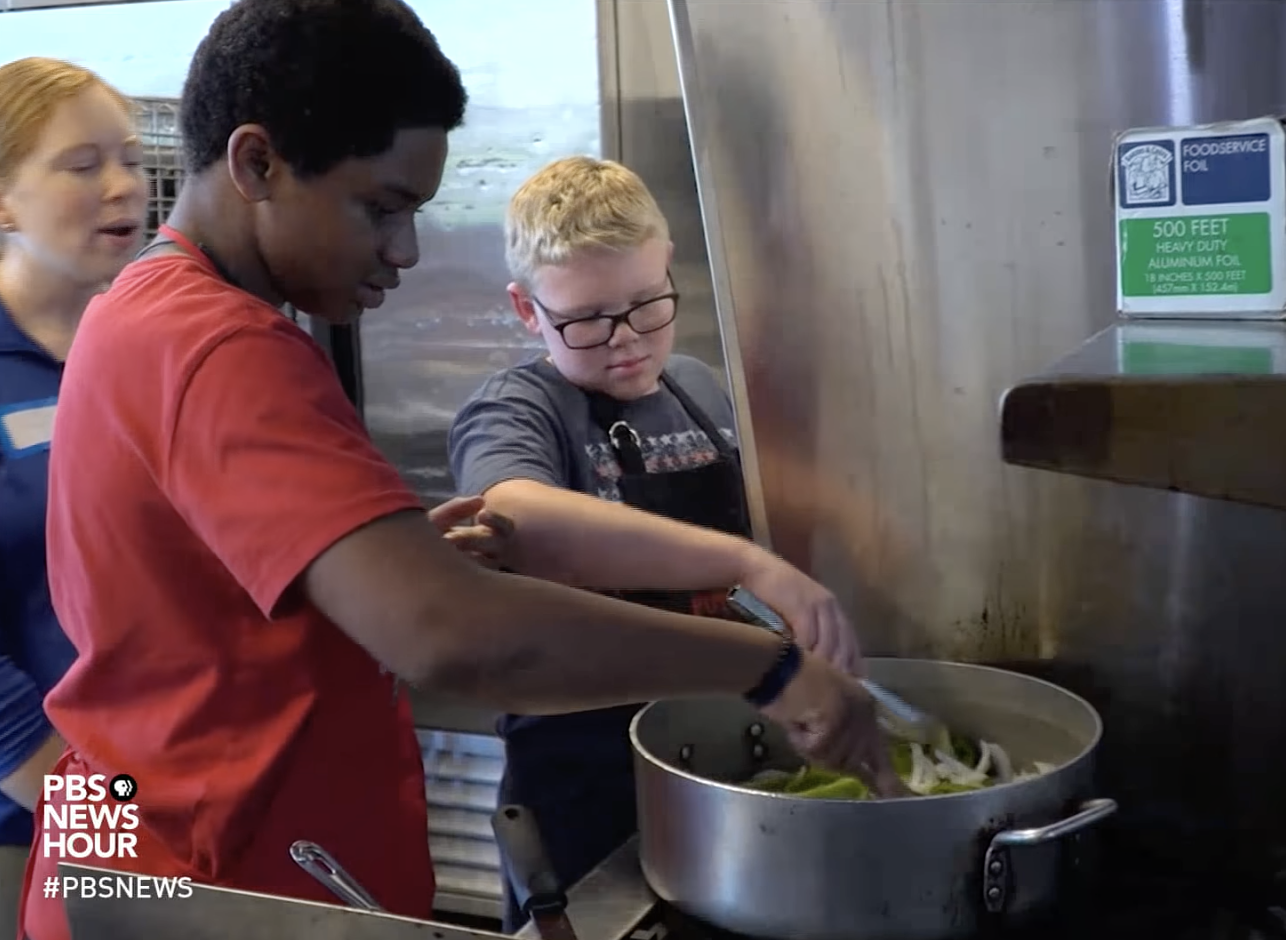
Flint fights lead poisoning with farmers markets and cooking classes. PBS NewsHour; October 21, 2019. Permission has been granted for educational purposes only, courtesy of WETA/PBS NewsHour Productions via American Archive (WGBH and Library of Congress)
One such public health crisis involved young children and other residents of Flint, Michigan, suffering serious health problems triggered by high levels of lead in the drinking water.
State elected officials and business leaders had denied anything was wrong. Alarms sounded by predominantly African-American parents and pediatricians like Dr. Mona Hanna-Attisha who finally succeeded in gaining mainstream media’s attention. Prior to that, concerned citizens had turned to social media, online news sources, and community groups to sound the alarm.
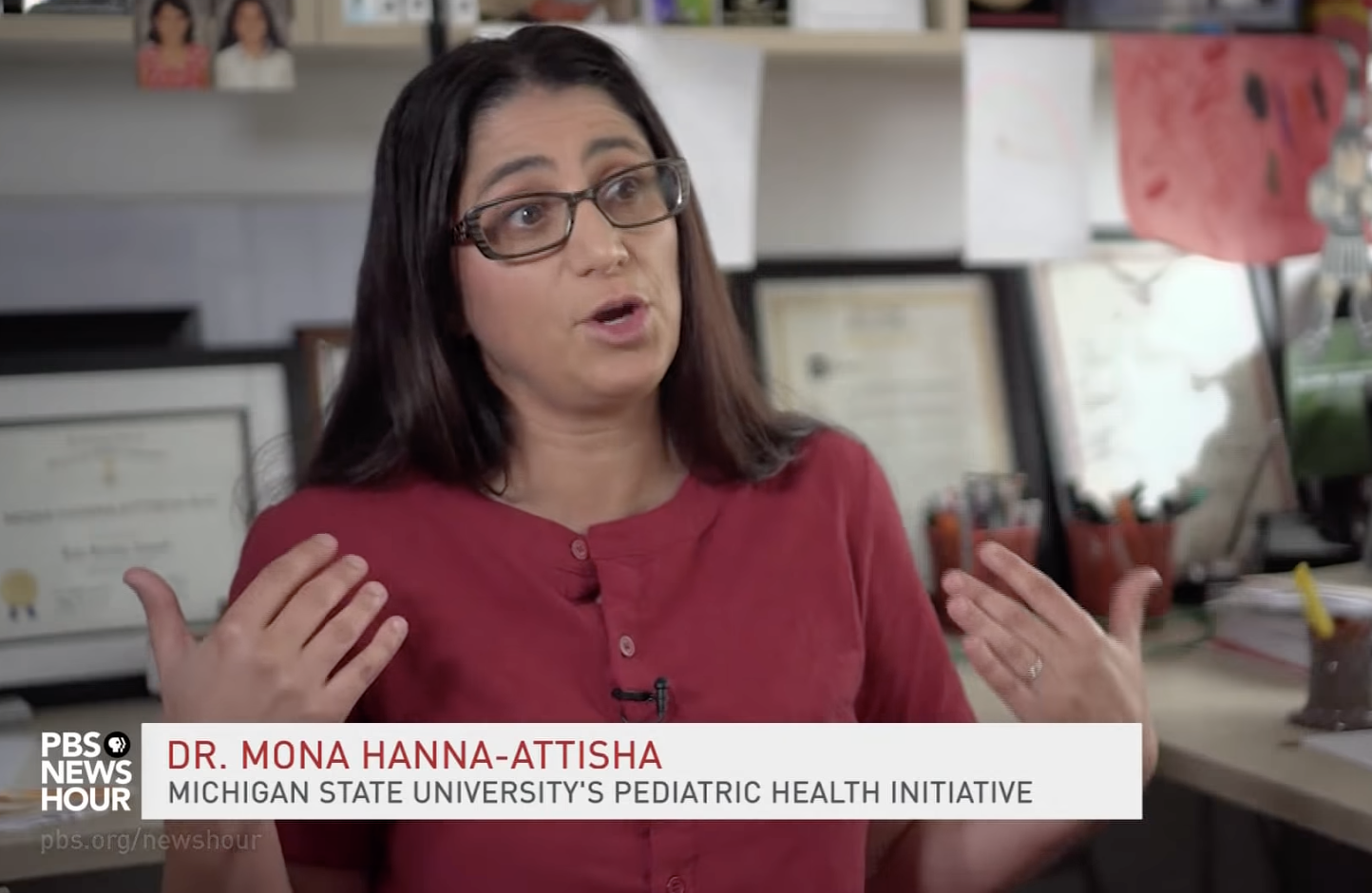
From PBS NewsHour segment “Flint fights lead poisoning with farmers markets and cooking classes,” Oct. 21, 2019. Permission has been granted for educational purposes only, courtesy of WETA/PBS NewsHour Productions via American Archive (WGBH and Library of Congress)
As with climate change, the news media reported on these issues. In the 1990s, pushback against such coverage being too left-leaning began to appear along with the intentional dissemination of disinformation around the dangers of COVID-19 vaccines during the coronavirus pandemic in late 2020.
Discuss the following questions:
- Describe the importance of Katherine Johnson’s calculations at NASA. Why do you think her story was not covered in the press at the time?
- How has science reporting on topics like health and safety had an impact on people's lives?
Journalists
Rachel Carson
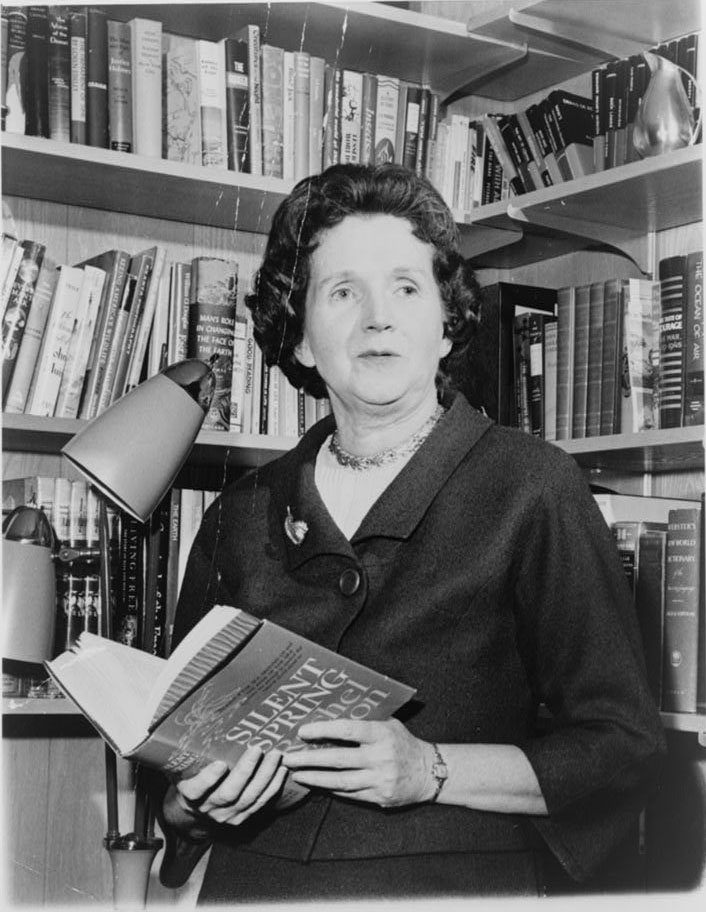
Rachel Carson, holding her book, Silent Spring, 1963. Library of Congress
Rachel Carson was a writer, marine biologist, and conservationist. Her book, Silent Spring, describes harmful effects of pesticides, in particular DDT, on the environment, and helped initiate the modern environmental movement.
Although Carson was not the first person to write about the damage to the Earth from DDT, Carson's extensive scientific knowledge coupled with her writing expertise and poeticism made Silent Spring an accessible and digestible read for the general public.
Ida B. Wells-Barnett
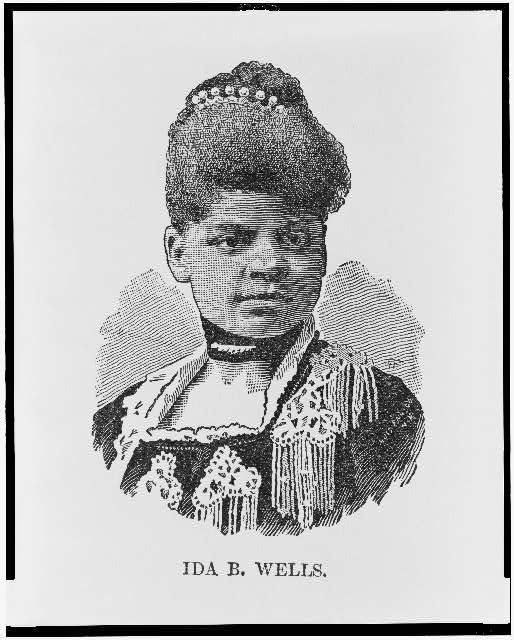
Ida B. Wells portrait. 1891. Library of Congress
Ida B. Wells-Barnett was an investigative journalist and anti-lynching activist who used statistical analysis in her journalism to expose the brutality of lynchings. In her investigative report Red Record, Wells-Barnett documented the name, date of execution, and the charge of each victim of lynching since 1863.
Through her use of data and graphic accounts of the lynchings, Wells-Barnett showed that lynchings were not only acts of murder but also a tactic to terrorize the Black community. During her lifetime, Wells-Barnett used her journalism and her voice to fight for justice and to end racism and sexism.
Rebecca Skloot
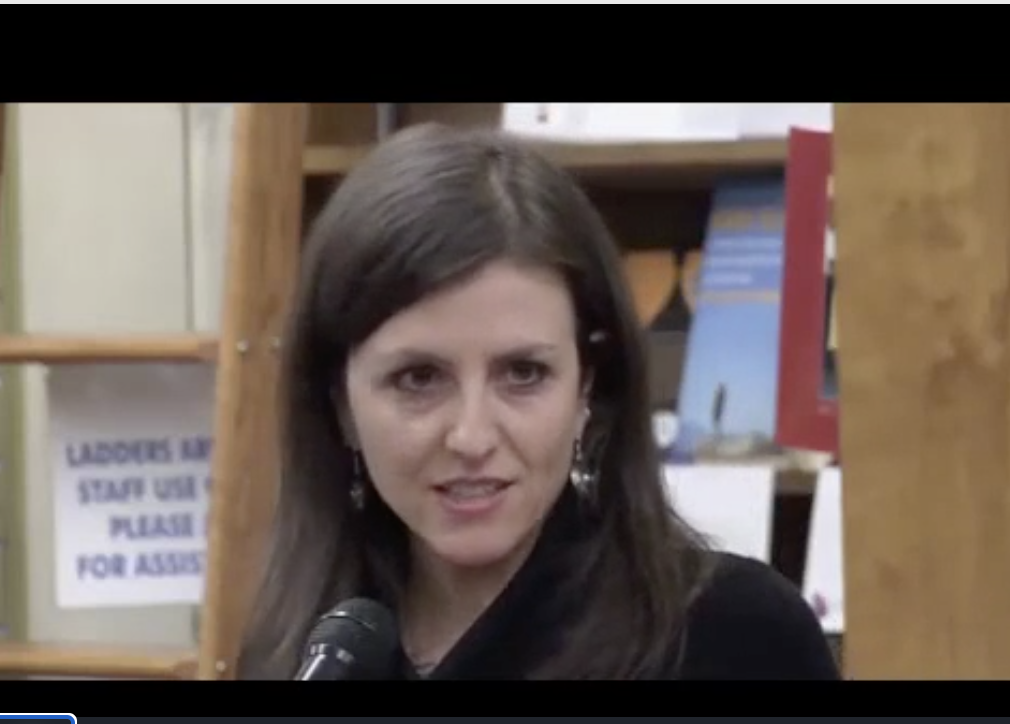
“Harvard Book Store; WGBH Forum Network; Rebecca Skloot: The Immortal Life of Henrietta Lacks,” 2010. Permission has been granted for educational purposes only, courtesy of WETA/PBS NewsHour Productions via American Archive (WGBH and Library of Congress)
Rebecca Skloot is a science journalist whose writing explores a broad variety of topics and is featured on news media outlets including radio and television. Her now famous book, The Immortal Life of Henrietta Lacks, tells the medical history of Henrietta Lacks, an African American woman from Baltimore, whose doctor at Johns Hopkins Hospital had removed and preserved cells from her cervix without her consent, a clear invasion of her right to privacy and medical ethics standards.
These cells, called He-La cells, are the oldest living cell to date and still used extensively in medical research. Skloot’s family and other activists’ voices encouraged the surviving members of the Lacks family to file a lawsuit against Thermo Fisher Scientific for profiting off the He-La cell line without Lacks’s consent.
Miles O’Brien
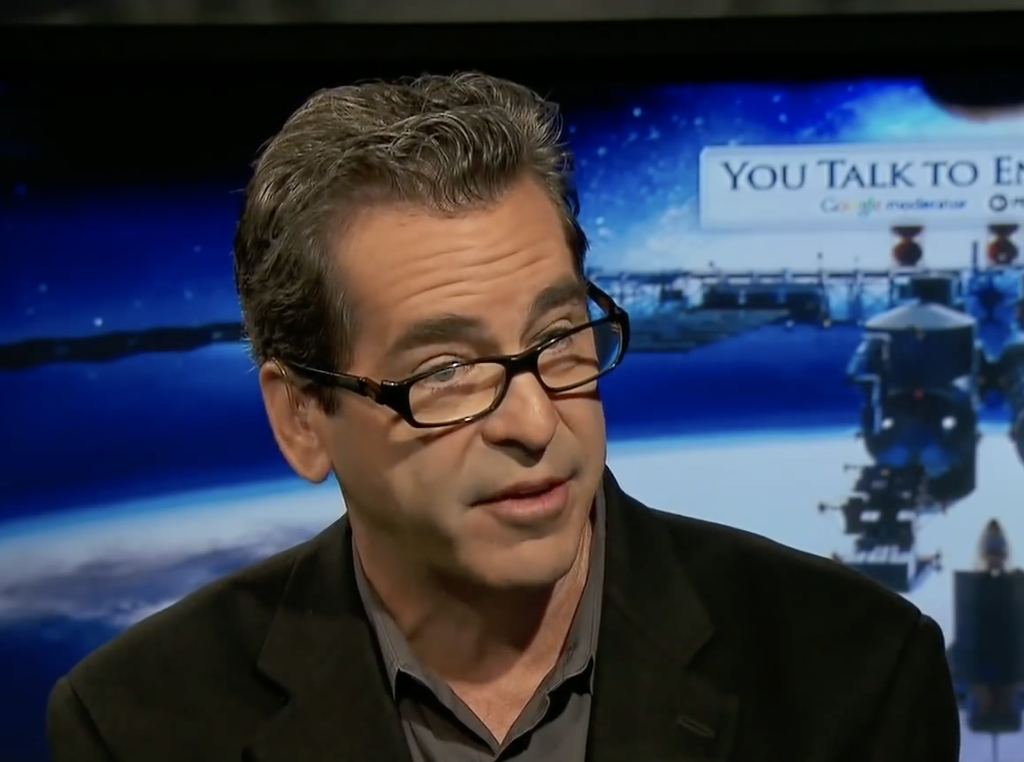
NewsHour special correspondent Miles O’Brien speaks with Space Shuttle Endeavour Cmdr. Mark Kelly, May 19, 2011. Permission has been granted for educational purposes only, courtesy of WETA/PBS NewsHour Productions via American Archive (WGBH and Library of Congress)
Miles O’Brien has covered every major aerospace story for the last two decades as well as a broad range of science and technology stories, including climate change, genetically modified food, energy, and many more. O’Brien became the science correspondent for the PBS NewsHour in 2010, after working for CNN for many years.
In 2014, O’Brien was covering the Fukushima nuclear plant disaster in Japan when an injury during another stop in the Philippines became life-threatening, and O’Brien’s left arm was amputated.
Discuss the following questions:
- Why do you think Katherine Johnson’s and Shirley Ann Jackson’s stories finally received the media coverage they deserved? What do you think may have changed in journalism that made this happen?
- In what ways has science news been used to inform the public of both scientific and technological achievements as well as some of their unintended consequences?
